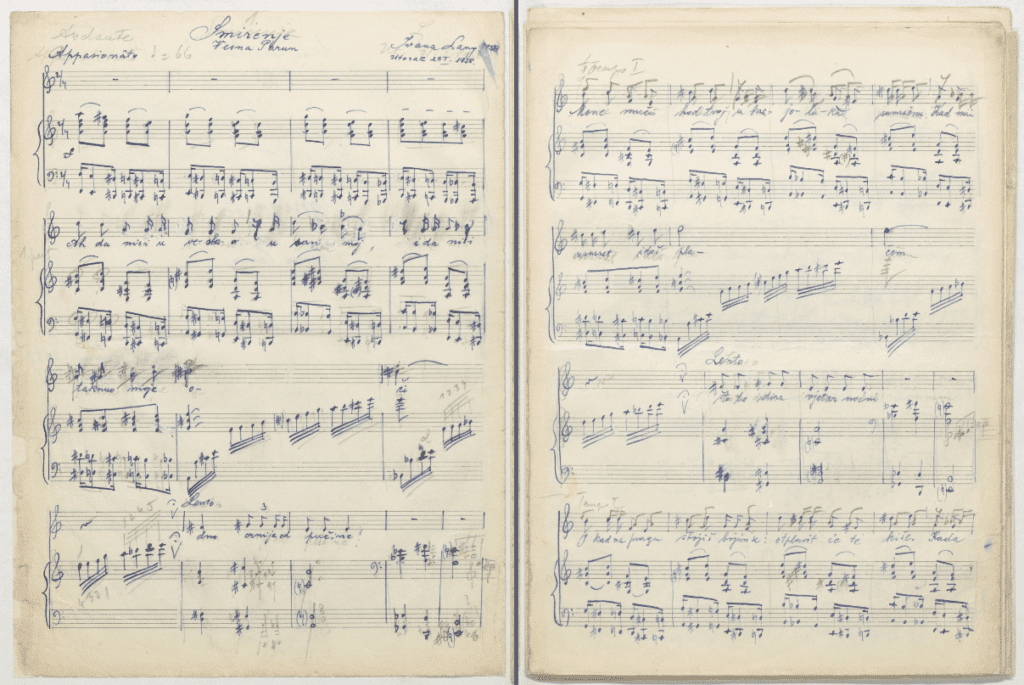“The Golden Age of the Fountain Pen in NSK Manuscripts” exhibition: Croatian heritage traced in ink

From 3 to 15 December 2024, the National and University Library in Zagreb (NSK) will be hosting The Golden Age of the Fountain Pen in NSK Manuscripts exhibition, the final event of the Library’s programme marking the 130th anniversary of the founding of the Library’s Manuscripts and Old Books Collection and organised with the support of the Croatian Ministry of Culture and Media.
Presenting the treasures preserved in the NSK Manuscripts and Old Books Collection such as the manuscripts of the world-famous Croatian writer Miroslav Krleža (1893-1981), letters of the internationally acclaimed Croatian sculptor Ivan Meštrović (1883-1962) and those of Albert Einstein to Croatian world-renowned mathematician Vladimir Varićak, The Golden Age of the Fountain Pen in NSK Manuscripts exhibition will give a historical overview of the development of the fountain pen and spotlight the main inventors and patents owing to which this sophisticated writing implement became so popular in the mid-20th century.

Croatian heritage – traced in ink
Also displayed at the exhibition will be valuable manuscript material by the canonical Croatian writers Tin Ujević and Antun Branko Šimić, composers Jakov Gotovac, Fran Lhotka and Ivana Lang, as well as physician and researcher Zora Voneš.

The exhibition visitors will also have the opportunity to see the fountain pens manufactured in Zagreb in the mid-20th century by the Penkala–Edmund Moster & Co company which today are preserved at Peroklinika, one of the oldest workshops for repairing fountain pens in Europe, running for the last 70 years. A part of the exhibition programme will also focus on the design and construction of fountain pens, as well as on the ways in which they are manufactured.
The fountain pen lives on
Regardless of the rapid technological development and its impact on the technology of writing, in particular on writing by hand, the fountain pen is still widely used today, especially on solemn occasions, such as various signing ceremonies. Based on the most representative examples, the exhibition visitors will have the opportunity to learn more about the technique that writing with a fountain pen requires and try it out themselves.
